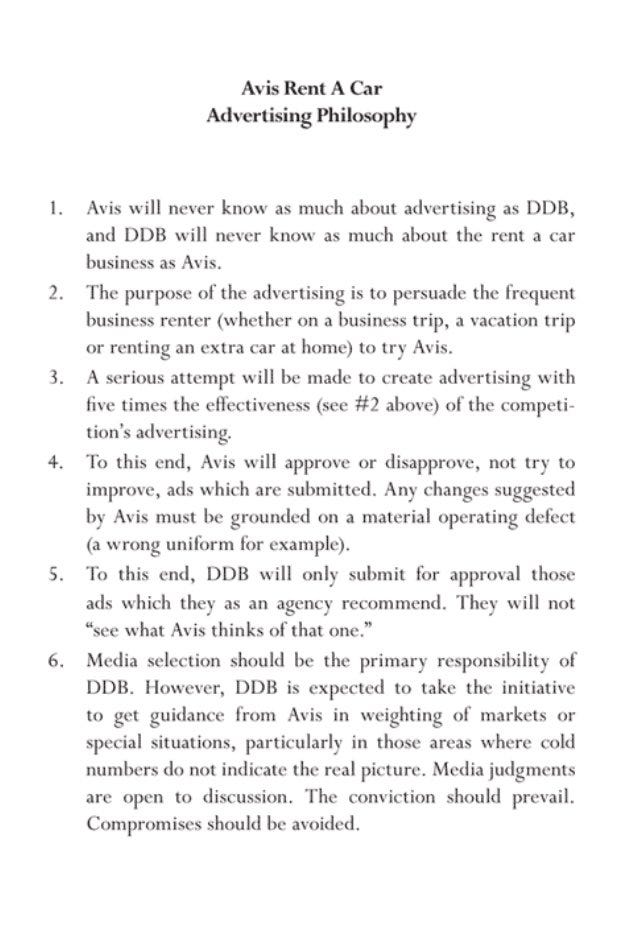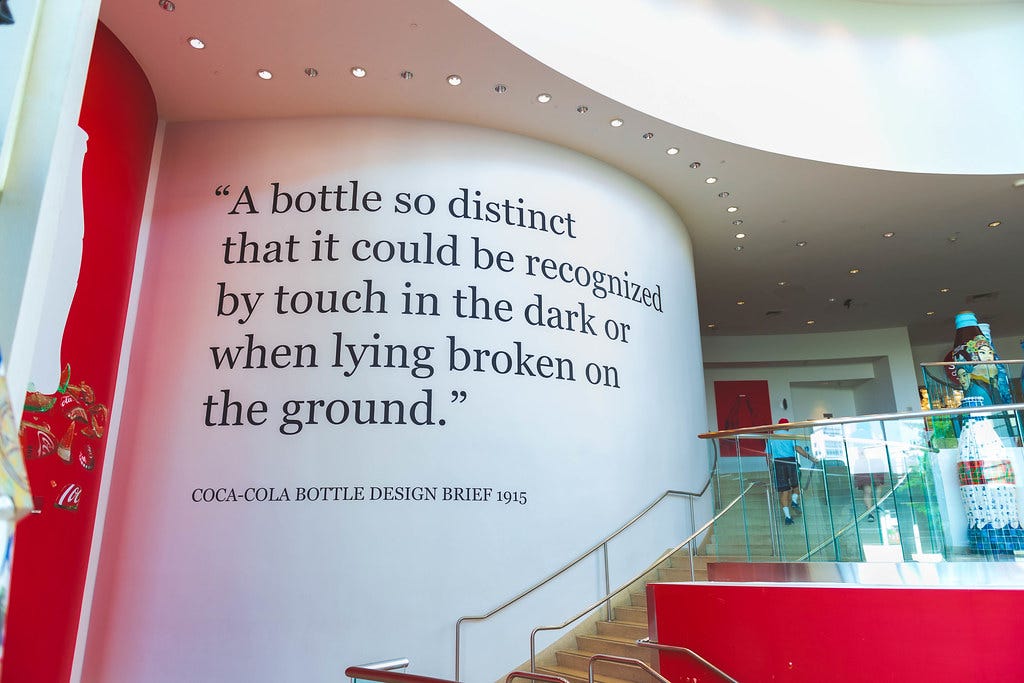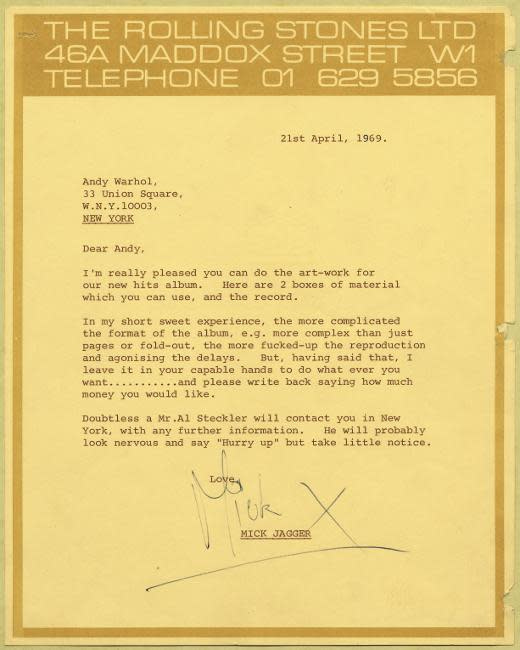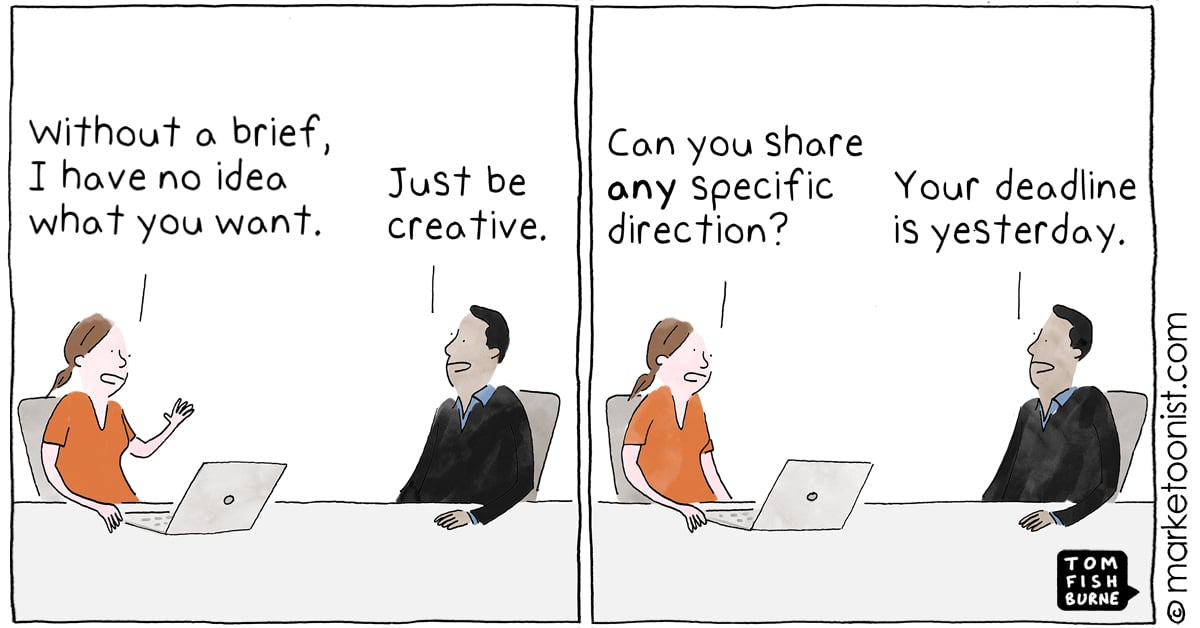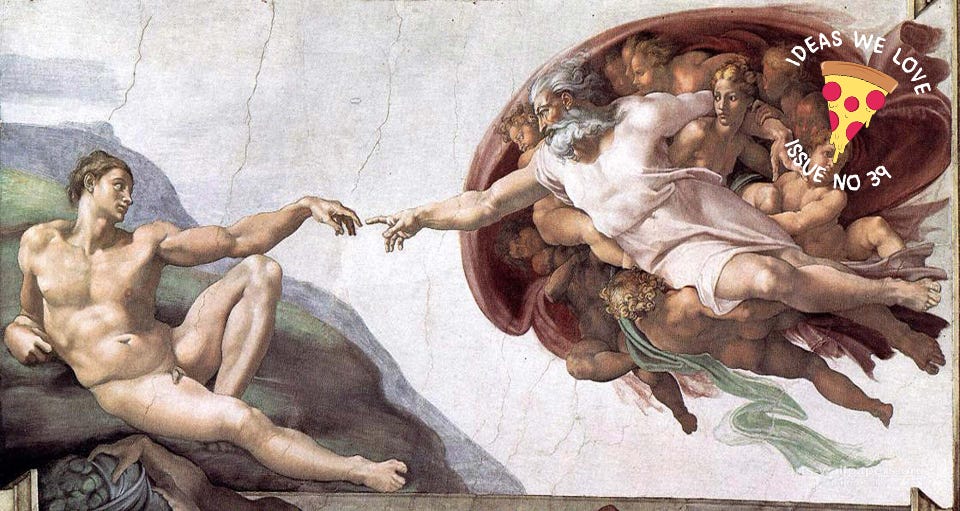
Hi, how are you? It's the second working week of the new year. For us that means a load of the projects we kicked into the long grass at the end of December are starting to re-emerge, crying out for the attention they deserve.
Wherever you sit in the marketing supply chain, nearly all work starts with a brief. Despite the fact we all spend so much time thinking about them, or reading them or even writing them, good briefs - let alone great briefs - are few and far between. As a Strategist, in some instances no brief is preferable to a bad brief. At least you then have the opportunity to fashion a ‘reverse brief’ on a project, shaping the task for a customer or client who may not yet know what they’re looking for.
The quality of a brief is distinct from it’s subject matter (we like to think there is something intrinsically interesting about every project we might work on). Too often though, the set of instuctions we take as our cue to start working subscribe incorrectly to the notion that reams and reams of overly prescriptive words and information is the way to get someone enthused about a project.
This week we write a love letter to brilliant briefs. A love letter to examples of the planners, artists and organisations who understand the assignment - that clarity, fertility and brevity are the order of the day when inspiring action from the people you work with.
Charli XCX’s Brat Manifesto 💚 🎵
Charli XCX released Brat on the 7th June and the album, and it’s marketing, quickly took hold in popular culture. Summer 2024 was informally known as Brat Summer. The album and it’s artwork sprung up on billboards, spawned a million memes and tiktok challenges and even influenced US election campaigns. At the close of the year Charli XCX published ‘the manifesto’ for Brat on Instagram - the brief that drove the campaign for her album’s launch. A bold, uncompromising vision for one of the most successful and culturally impactful music launches in recent memory. (Ed: Yes yes, before you say it - we know that this has been very popular in certain sections of the marketing internet of late.)
Avis & DDB’s ‘Six Point Contract’ 🚙
If you think about it, a brief is a form of contract between two parties. And whilst we’re used to contracts being long and technical, they don’t always have to be that way. When Avis started working with DDB in 1962 CEO Robert Townsend wrote this memo. It outlines the way the two companies would work together. This relationship which would produce some iconic advertising. Advertising which would drastically reshape the fortunes of the company that was famously ‘number 2’.
The Book of Dreams by Russell Davies and Wieden and Kennedy for Honda ⚙️ 💤
Russell Davies is one of our favourite writers. He may have made his name as an advertising planner, but he’s since gone on to write about everything from the great British Fry Up, to powerpoint and even the subject of what it means to be interesting.
Whilst at agency Wieden and Kennedy he worked on the Honda account and his APG paper on the approach he and his colleagues took to the briefing and origination of brilliant, iconic ads for the Japanese car maker like the legendary ‘Cog’ is one of the nicest ppt decks you’ll ever have the pleasure of reading. Davies tells us that the approach they took for Honda was “about rejecting the reductionism of a traditional creative brief and using new tools to embrace complexity and nuance”.
Instead of writing a couple of pages of A4 to brief the creative teams, he and his colleagues wrote a book - a book which imagined and articulated ‘the brand world’ from which the advertising would later originate. Davies and his colleagues conceived of the ‘Book of Dreams’ as an artfect that would “sit in the glove-box of every new Honda and explain The Power of Dreams. We didn’t expect this would actually ever happen (though it still might); it was simply a thinking tool for exploring the Honda voice with maximum creative flexibility and maximum strategic input”.
You can read the full document here. It’s properly dreamy. We love how a little bit of imagination can go a long way. Write a book. Draw a picture. Hum a tune or compose a haiku. Go for a walk with the team you’re briefing. A brief can take any form you can think of.
The Coca-Cola Bottle 🍾
In 1915 the Trustees of the Coca Cola Bottling Association issued this challenge to Glass Manufacturers across America: ‘Design a bottle so distinct that it could be recognized by touch in the dark or lying broken on the ground’.
Talk about brevity, clarity and fertility.
There is barely a person alive now or in the last 100 years who wouldn’t be able to pick the resulting bottle out of a lineup.
Andy Warhol’s brief from the Rolling Stones 👖
Featured way back in IWL#6 - this letter from Mick Jagger to Andy Warhol to commission the creation of artwork for the album Sticky Fingers is a joy. Take little notice of Al, Andy. Just like the Avis example above, this is a good example of one party respecting the skills of the other and allowing them the latitude to do what they know best. This latitude is not without some direction or caution though: the more fucked up the repro, the more agonising the delays. We like how there is a clear delineation between the brief and the supporting information, of which more will follow says Mick. The best briefs and briefings we have been involved in are the ones which make such a delineation.
Little Black Envelopes 📩
There was one other example of a brilliant type of brief that we wanted to share, but we have been unable to authenticate whether a hazy memory we had is true or not…. It is however, too good not to share - so we will redact names to prevent any libel action being taken against us. The story goes like this though: at an agency one of us used to work at, the management team had agreed with a specific client that they could - as a surpise of sorts - present him with a ‘little black envelope’.
Inside this envelope would be a big, brave idea. An idea which might be hard or challenging to buy and one which might not stand up to the type of scrutiny normally applied to ‘business as usual’ planning. All they asked was that the client listen to the pitch for the idea and evaluate it on it’s merits rather than dismissing it out of hand. They promised it would have been thought through and relevant to his business. Just like DDB and Avis - the idea would be one which they recommended to the client in question.
We love this as an example of a ‘reverse brief’ - as an example of an agency using theatre and drama and working within the freedom of a pre-agreed framework. You don’t always have to wait for the permission to begin - sometimes, we have to shape the window of opportunity, inserting ourselves into a situation to direct our customers toward an idea we have faith in. This is a great example of how you create the conditions for bold, surprising and innovative work. Even if we haven’t remembered it correctly.
Until Next Time
This subject is one we’re both fascinated by - so if you have any examples of brilliant briefs, then please share them, the weirder and more creative the better. Whilst we’re here, it’s also worth saying that there are various organisations - people like the APG or indeed an organisation called Better Briefs - who have created training materials to help you, your teams or your organisations write more effective briefs. It’s not just nicer to work from better briefs, but financially prudent too - one estimate suggests $10,000 a second is lost due to advertising originating from a badly written brief. Crikey.
As always, thanks for reading. We hope you’ve enjoyed this issue of the newsletter.
Until next time, cheerio.
Tom and Matt x







